Balkans specialist Chris Deliso offers his Serbia travel guide, from the urban exuberance and festivals of Belgrade and Novi Sad to adventures in the mountains of Fruška Gora and Šumadija. Here's what to know before you visit.
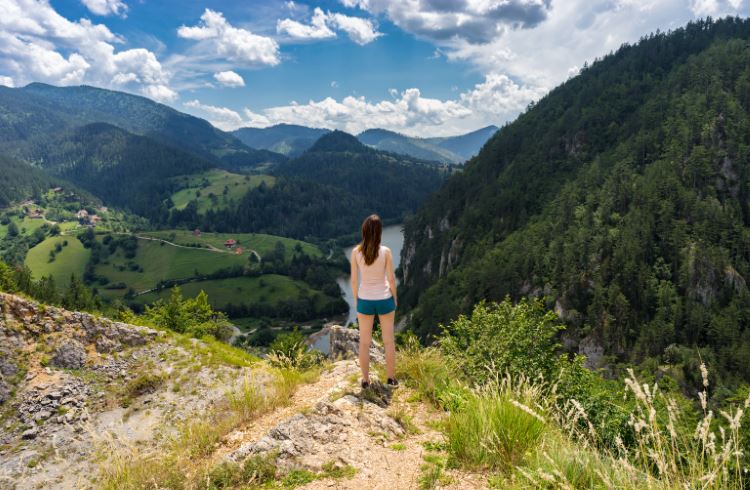 Photo © Getty Images / Drablenkov
Photo © Getty Images / Drablenkov
I first visited Serbia in 2002, tapping into its vitality and frenetic spirit while on an overland Balkan expedition, and have been returning ever since. The place always strikes you as being in the process of creation. Serbia lives with raucous abandon in cities such as the capital, Belgrade, and sublime second city Novi Sad – but tranquility can be found in mountains and forested areas replete with ski resorts, traditional villages, and medieval monasteries. Although haphazard modernization continues to bring change, the core of the offering remains intact: heartfelt hospitality, down-home cooking, world-class festivals, richly varied cultural life, and verdant nature.
- Best time to go, climate and weather
- Boisterous Belgrade lives up to the hype
- Check out Novi Sad – Serbia’s cultured second city
- Mountains, monasteries, and skiing
- Don’t miss some of Europe’s wildest music festivals - EXIT and Guča
- How to get around Serbia
- Wining and dining, Serbian style
1. Best time to go, climate and weather
I recommend visiting in summer, when big events happen, and nightlife migrates outdoors to open-air clubs and splavovi (river barges). Serbia is where the Continental and Mediterranean climates meet; while summers can be torrid, particularly in southern Serbia, it’s more temperate elsewhere. Serbia is well-sprinkled with rain year-round, and snow-filled mountains make it an inexpensive winter sports destination.
2. Boisterous Belgrade lives up to the hype
Belgrade has managed to cling to its restless, always-under-construction identity, unruffled by the modern demands of travelers flocking to its concerts, sports tournaments, and nightlife. The city comes at you from all angles. I love taking it in on the long stroll from the Trg Republike (Republic Square) over and down the pedestrian street, Knez Mihailova, to the riverfront.
Lined by boutiques and impressive structures, with relaxed cafés set on side streets, Knez Mihailova rewards with impromptu concerts (anyone from Andean flute troupes to classical outfits play for the passer-bys’ spare dinari). I pace myself for an evening arrival at Kalemegdan (Belgrade Fortress), overlooking the convergence of the Rivers Sava and Danube – a great spot for sunsets. Here too you can jog, cycle, or match wits with local pensioners at the many chess tables.
Belgrade is also home to the world’s second-biggest Orthodox cathedral, the massive Sveti Sava. I like to go to take in the frescoes, light a candle, and soak up the solitude of this immense space of which the Serbian faithful are immensely proud.
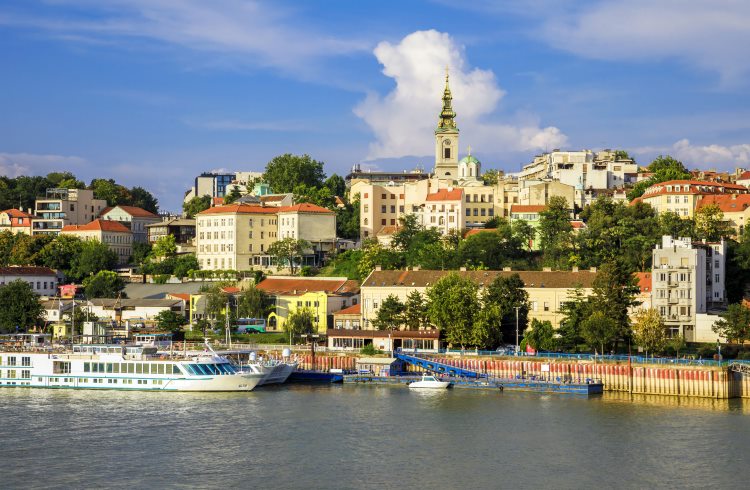
As you’ll quickly discover from visits to places such as former Yugoslav leader Josip Broz Tito’s Mausoleum and the Museum of Nikola Tesla, Serbs are also proud of their famous forerunners (interestingly, neither man was born in Serbia). The Museum of Yugoslavia, the Belgrade city museum, and numerous art galleries are other worthwhile cultural draws. For dinner and drinks, my favorite area is the Old Town’s bohemian magnet for more than a century, the ever-popular Skadarlija district.
3. Check out Novi Sad – Serbia’s cultured second city
Less gritty than Belgrade, the capital of the autonomous Vojvodina province (home to 25 ethnic groups and six official languages) was shaped by the former Austro-Hungarian Empire – as the architecture and local traditions attest. A further distinction came with Novi Sad’s being named European Capital of Culture for 2021.
I enjoy visiting this laid-back city in summer, for its coffee shops and the Štrand – a long stretch of sandy beach smack on the Danube lined with food, drink, and entertainment ranging from water sports to live music.
Each July, the grand Petrovaradin Fortress overlooking the river hosts the major EXIT Festival (see below). In other seasons, Novi Sad is quieter, but its student population keeps its many cafés and bars livelier than expected for a city of just 289,000.
4. Mountains, monasteries, and skiing
From Novi Sad, make the 13mi (22km) drive south to Fruška Gora, Serbia’s oldest national park. Hike or cycle on clearly marked trails through linden, oak, and beech forests, in gentle mountains bursting with wildflowers and weird fungi. You’ll hear songbirds warbling along with the bells from some of Serbia’s most historic Orthodox monasteries, clustered around the adjoining villages. These include Novo Hopovo, a fortress-like 16th-century structure located 12.4mi (20km) south of Novi Sad. Its enormous church is painted in vivid, wall-to-wall frescoes. (Seeing all 16 Fruška Gora monasteries requires a car and three to four days).
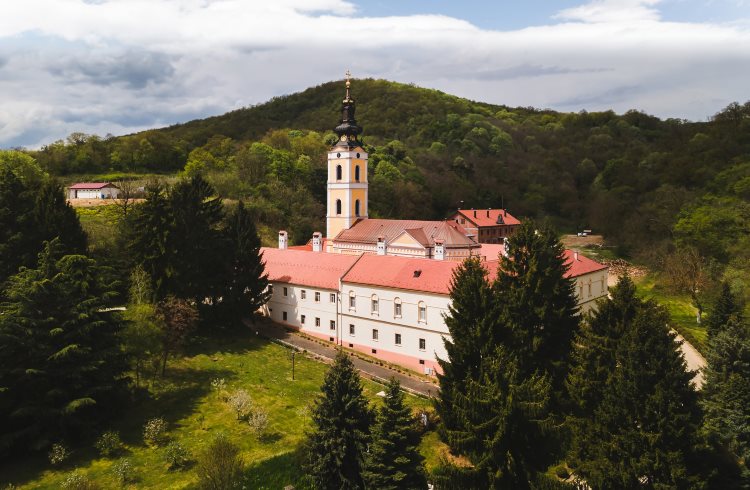
Serbia’s best ski resort is Kopaonik in the Šumadija region, 172mi (277km) southwest of Belgrade. With a peak elevation of 6,617ft (2,017m) and 25 runs covering 47mi (75km), Kopaonik is great for all levels – and with entertainments ranging from bowling, tennis, and shopping to restaurants, après-ski, and a winter music festival, even non-skiers will love it. Further west in Šumadija is the smaller but also very popular Tornik Ski Resort on Mt. Zlatibor, where slopes reach 4,890ft (1,490m), comprising 4.3mi (7km) of trails. Also visit Šumadija in summer to hike Tara National Park, and explore the region’s traditional villages.
5. Don’t miss some of Europe’s wildest music festivals - EXIT and Guča
Note: These festivals are currently scheduled to go ahead in 2021. Be aware that the risks of catching COVID-19 are increased in large crowds (even outdoors).
I love Serbia’s passion for its music and sports events (the latter of which have certainly benefited from Serbian athletes’ international sporting dominance in recent years). Since 2002, the biggest music development has been the EXIT Festival, which mixes world-famous DJs, bands, and avant-garde newcomers each July in Novi Sad’s Petrovaradin Fortress. EXIT draws worldwide crowds and is good especially for fans of electronic music and hip-hop.
An even wilder musical experience awaits in tiny Guča, near Čačak, 100m (161km) south of Belgrade. For more than 60 years, each August has seen this town of 2,000 souls transformed into a chaotic, one-week street party plying some 600,000 guests with cheap beer, wine, and grills. The Guča Trumpet Festival pays homage to Serbia’s raucous tradition of Gypsy Brass Band music. Local and international bands compete in a frenetic and sweaty all-day, all-night competition – feel free to join in with spontaneous street dancing as the trumpets (that impressed Miles Davis himself) blare on. It’s best to book ahead if you want to stay in local houses, though camping is allowed too.
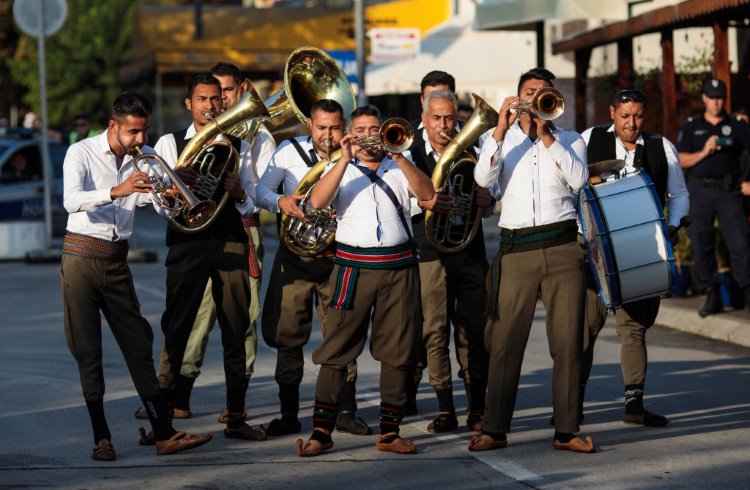
6. How to get around
Wherever and however you get around in Serbia, the most spectacularly improbable things will come at you. Once when driving on a narrow, forested road in Raška in the west, the apparition of an elder caped cyclist emerged miraculously from a midnight blizzard. Another time, while rumbling through South Serbia on the splendidly antiquated Yugoslav-era train, I spied a Nazi pillbox crumbling on a hillside, left over from the WWII German occupation.
The railway has been somewhat modernized from Belgrade north to Budapest in Hungary. Still, buses remain a quicker option, and car rental can be useful.
Serbian cities are eminently walkable. Due to Belgrade’s lack of a metro, the urban railway (BG Voz) is the only component of public transit going partly underground. It’s part of the larger Bus Plus system that connects all areas of Belgrade. Street kiosks sell (and top up) Bus Plus cards on a pay-as-you-go basis, with one ride in the central Zone 1 costing 89RSD (US $0.92).
Belgrade’s Nikola Tesla airport has international flights, while Niš Constantine the Great airport has somewhat fewer.
7. Wining and dining, Serbian style
Leskovac in South Serbia claims supremacy over the national barbeque cuisine (Roštilj), hosting a five-day festival each September called Roštiljada, where massed grill stands compete to cook up (in typically grandiose Serbian style) the world’s biggest pljieskavica (a hamburger, often stuffed with cheese or bacon), among other national delicacies. I prefer getting my Roštilj fix in the nearby, rough-and-tumble city of Niš. A time-honored tradition in Serbia is to spend hours in a Kafana (restaurant-tavern, where live ethnic music is sometimes performed), toasting friends with shots of rakija (a strong Balkan brandy) – there’s nothing better than feasting on grilled pork ribs slathered with kajmak (clotted cream), washed down with a good Serbian beer on a lazy Sunday afternoon.
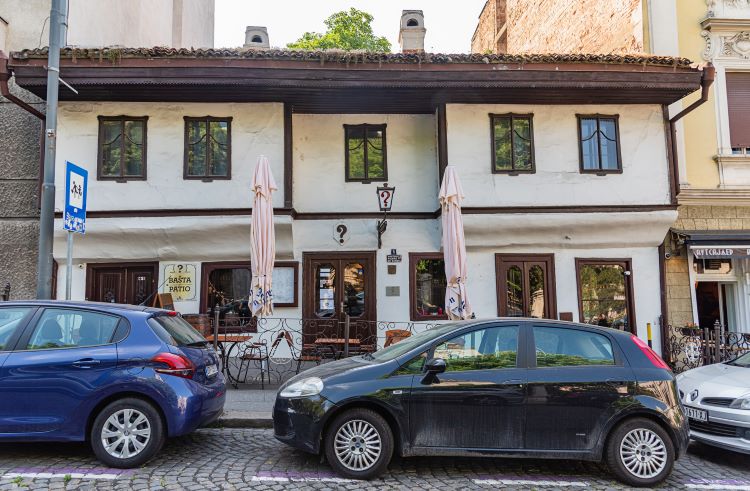
Vegetarians need not fret, however, as Serbia grows great veg for salads, plus the beloved red-pepper dip, Ajvar. Serbia’s also a leading exporter of raspberries (malina) – find them fresh in the countryside, particularly Šumadija.
I prefer sampling Serbian wines locally, rather than in cities. In fall, head for the heartland of Central Serbia, where annual events (including concerts and grape-stomping) are held 143mi (231km) south of Belgrade in Aleksandrovac, seat of the historic winemaking Župa region. During the rowdy harvest festival (berba), the town fountain itself spouts wine. Wineries here hold tastings in honor of indigenous varietals like the Prokupac red and the Tamjanika Muscat.
Related articles
Simple and flexible travel insurance
You can buy at home or while traveling, and claim online from anywhere in the world. With 150+ adventure activities covered and 24/7 emergency assistance.
Get a quote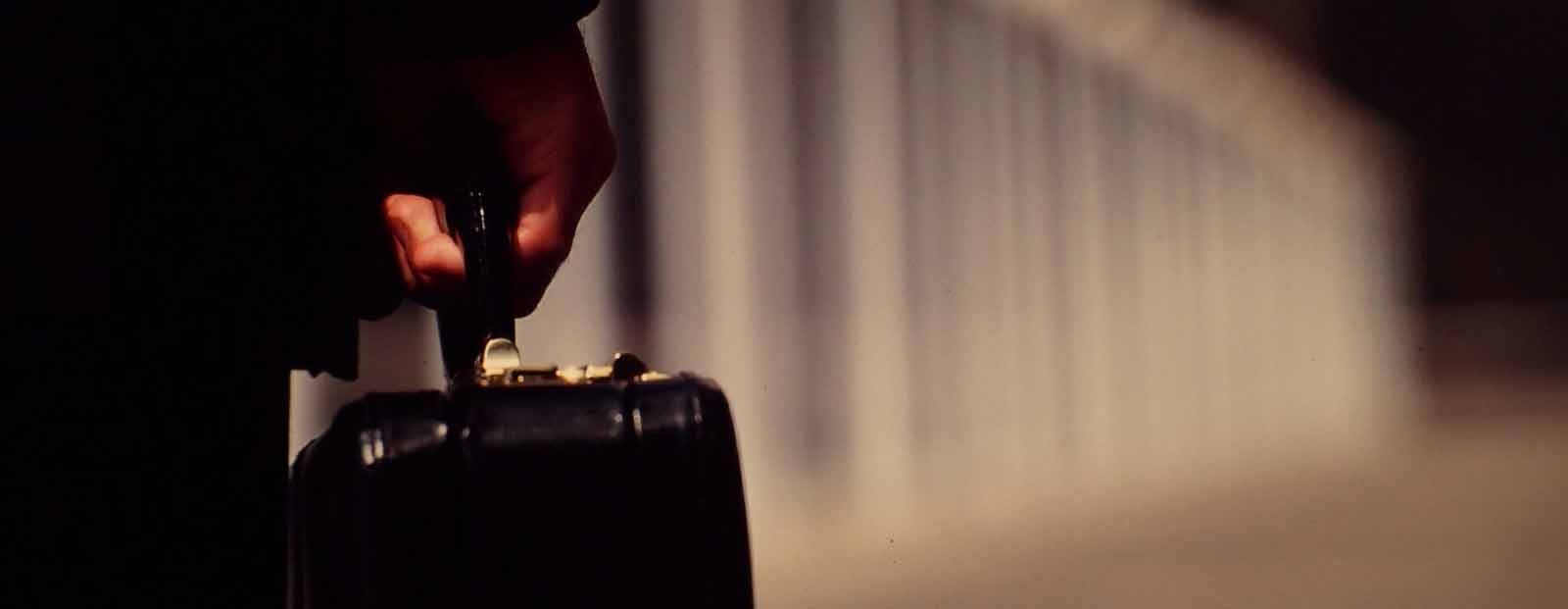
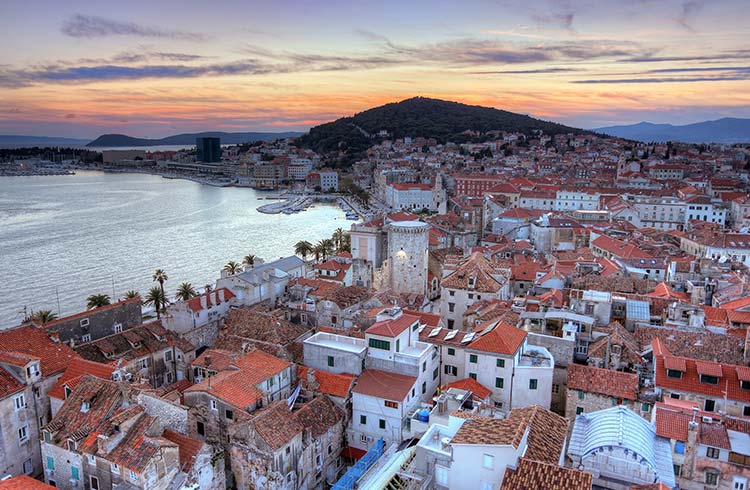
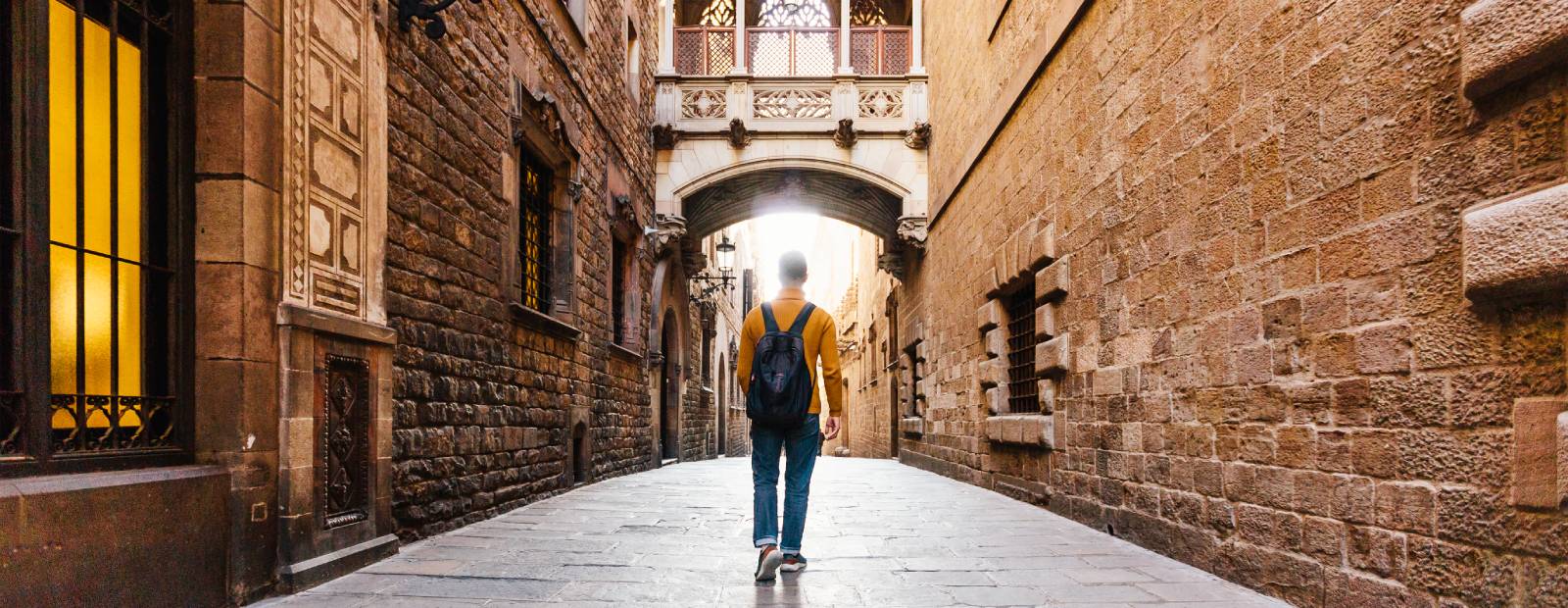
No Comments